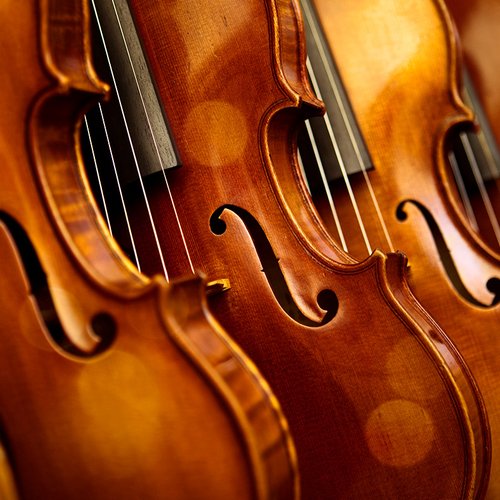Dolphins respond to flute-playing, proving live music could improve aquatic communication
18 February 2022, 13:52 | Updated: 11 July 2024, 01:00

Researchers at Australian National University suggest that music could be the (major) key to helping humans communicate with the aquatic mammals.
Listen to this article
Music is a “universal language” that connects humans across the world, but could it help us communicate with other species?
Well that’s what researchers from the Australian National University (ANU) have suggested after an experiment involving flutes and flippers took place on Port Stephens, New South Wales, Australia in December 2021.
The experiment revealed that dolphins are attracted to high-pitched frequencies of several musical instruments including the flute, piccolo, the Indian wooden recorder, and a high-pitch singing voice.
Flautist Sally Walker, from the ANU School of Music accompanied a group of researchers aboard an Imagine Eco Cruises boat in Port Stephens, where the marine mammals are a common sight due to the approximate population of 140 migrating bottlenose dolphins.
Walker was approached “within minutes” by dolphins swimming up to the boat as she begun to play her flute.
“One dolphin gilded directly underneath me at the same speed as the boat, and the rest of the pod danced around it,” said Walker. “High frequencies and particular intervallic distances between notes seemed to draw the dolphins in and excite them.”
Read more: A Russian icebreaker played classical music, and saved thousands of Beluga whales

Dolphins respond to music as they're serenaded by musicians
While there has been much research done in the past 25 years in regard to interaction between dolphins and humans, involving music is a whole new area of study.
Dolphin expert Dr Olivia De Bergerac (author of The Dolphin Within: Awakening Human Potential) who was part of this pilot experiment explains that “dolphins live in a world of sounds”.
“They communicate with one another by sending a sound which is a hologram of information reflected in their melon – a mass of adipose tissue found in their forehead – so I know we as humans can communicate with dolphins through music,” she added.
“Dolphins are highly intelligent creatures and can sense our thoughts, feelings, state of being and send us sounds to heal us.”
The sounds of the dolphin’s reactions to the music were recorded by a hydrophone (an underwater microphone), and can be heard here.
Read more: Scuba divers just played ‘The Little Mermaid’ under the actual sea
Using the hydrophone as an aid gave researchers an exciting insight into sounds below the surface. Professor Kim Cunio, Head of the ANU School of Music, explained: “Sound travels through water in a very different manner to air, particularly low frequencies, but the dolphin frequencies are very high.
“This means that we are not easily hearing the nuance in their calls. As such, having the flute, piccolo and a coloratura voice were really important as they are some of the highest instruments we have and are well above our speech.”

Hope the Dolphin Listens to Flute Music - Underwater Enrichment
The next step for the ANU researchers is to determine what sounds dolphins are most receptive to, and will this change depending on if the music comes from performers outside the water, or if the music is played underwater?
Walker suggests, “For example, do they respond differently to structured music like a Bach sonata?
“Or perhaps [will they respond better to] more soothing sounds similar to what you would hear on soundtracks designed for meditation.
“Maybe they’re simply attracted to the novelty of someone standing on the bow of a boat and serenading them.”
For now, the question of whether these bottlenoses like Bach will remain unanswered. But while the researchers put their heads together, here’s a video of two of these musical marine mammals enjoying some Klezmer clarinet...

I play clarinet Dolphins sing along

























